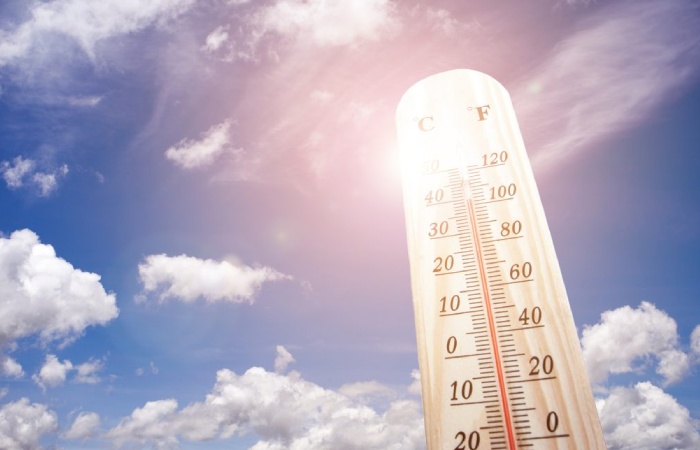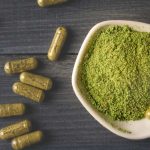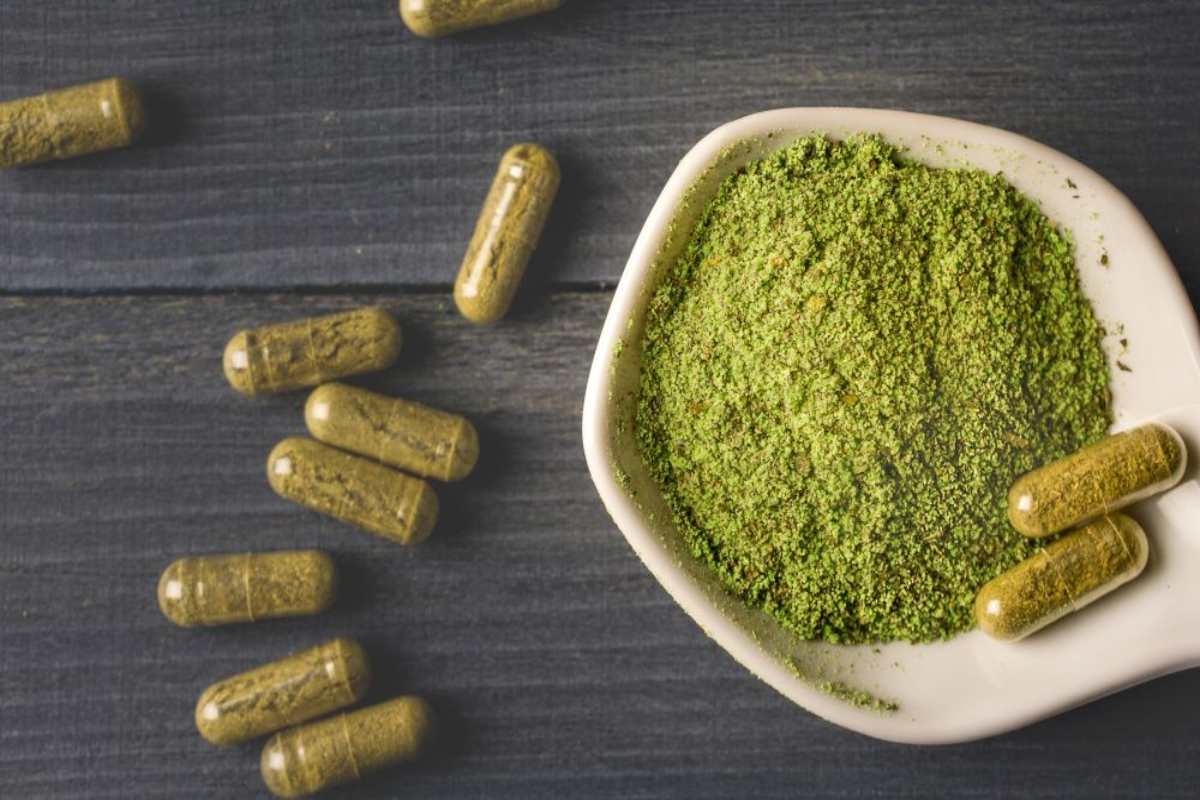Warm Weather announces its arrival in a multitude of ways. But even before you spotted lizards basking on fence posts or walked through store aisles packed with swim noodles, you got the memo from your skin. You don’t need complicated meteorological equipment or the migratory patterns of birds to tip you off to the changing seasons. You’ve got your sebaceous glands. Here’s how warm weather affects your skin.
Skin is your body’s first line of defense when it comes to temperature fluctuation. Your body needs that protection because it only functions properly within a very narrow temperature range. When that internal temperature crosses a certain threshold, the enzyme structure of the cells begins to shut down. The skin has a whole bag of tricks for releasing the heat inside the body, from flushing cheek capillaries to flattening body hair. But one strategy is by far the most effective. Sweat. Perspiration pushes moisture to the surface, cooling the body as it evaporates. It is the kind that usually happens even during the winter, when you shuffle in from that snowstorm and feel the first blast of central heat on your face.

But as warm weather sets in for good, your skin’s reaction to heat is no longer a temporary procedure meant to cool you down while you shrug off your winter jacket. It becomes a permanent state of affairs. Your body isn’t just ready to sweat, it’s sweaty.
If there is a humidity in the air (and there is probably humidity in the air), that sweat doesn’t evaporate properly, which means that you don’t achieve perspiration’s intended cooling effect. So your body responds with more sweat. Here’s the problem: That other sweat is still there, so now there’s a sweaty traffic jam. Warm Weather sweat draws the attention of bacteria and increases the odds of inflammation due to friction and chafing. When your skin sweats out water more quickly than your body can replenish its moisture reserves, dehydration can occur. It might feel like there is a lake of sweat on the surface of your skin, but your body is experiencing desert conditions.
In case that isn’t bad enough, a heat rash can ripple up from the blocked pores of this perspiration pile-up. The red bumps of a heat rash are like an aggravating version of traffic cones or emergency flashers – they signal that the skin’s usual traffic patterns and cooling systems have been disrupted.
Luckily, your skin has a response team in place. To restore its natural balance, the skin dispatches an oily substance called sebum which carries a first aid kit filled with lubricating oin tment and antibacterial supplies.
However, as sebum manufacture ramps up for the summer, it runs into the same problem that plagues sweat glands. Sebum is designed to seal in moisture to combat excessive evaporation, so “roadblock” is its default position. Unsurprisingly, pores get clogged with overproduction, especially if there are lots of dead skin cells lying around. When the skin’s internal rescue protocols fail, it needs some outside help, preferably before the pores become completely clogged. If you are looking to lend a hand, the sheen of overabundant sebum should cue the assistance of a gel moisturizer for oily skin.
If the clogged pore sealed over and inflammation sets in, it becomes a whitehead. Moreover, if it remains open (but still brimming with gunk), it earns the blackhead designation. It’s acne either way, which is why warm weather ushers in such a proliferation of breakouts. To liberate those clogged pores, or just to make sure they stay open for business, consider using a charcoal peel-off mask.
We’ve managed to discuss rashes, acne and dehydration without mentioning why the weather is getting warmer in the first place. The sun is the reason for the season, and where the skin is concerned, it’s more than a mere heat source. Solar radiation doesn’t just threaten sunburn and skin cancer. Assistant Professor of Biomedical Engineering Guy K. German points out that it also “damages the skin’s structural integrity.” And since the skin’s contributions to the body’s regulation and defense are so essential, the entire body suffers when the skin is compromised.
Safeguarding your skin against UV radiation is a vital task throughout the year. But it assumes critical importance during the summer months. Of course, as with sweat and sebum, protection against the sun can introduce additional problems. Sunscreen can jump right into the pore-clogging action or irritate the skin on its own account. Substituting protective clothing for sunscreen can trap sweat and bacteria against the skin. But even with those drawbacks, both are better options than letting UV radiation cook your epidermis. Give your sunscreen ingredient listing a good once-over, launder those funky long-sleeved shirts and embrace your charcoal face wash.
Each new season presents your skin with a different set of dangers and discomfort. It’s a job to keep you safe and give you a bit of advance notice that you need to adapt to the changes in your environment. And you can indeed adapt. Acne loves warm weather, but you do, too. So keep your skin clean, screened and hydrated to enjoy your summer to the fullest.












